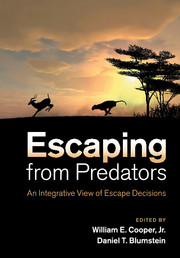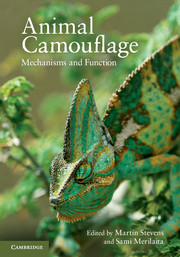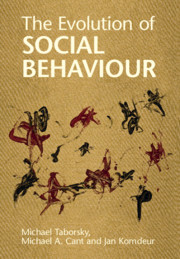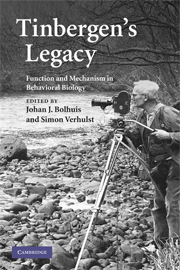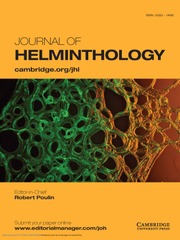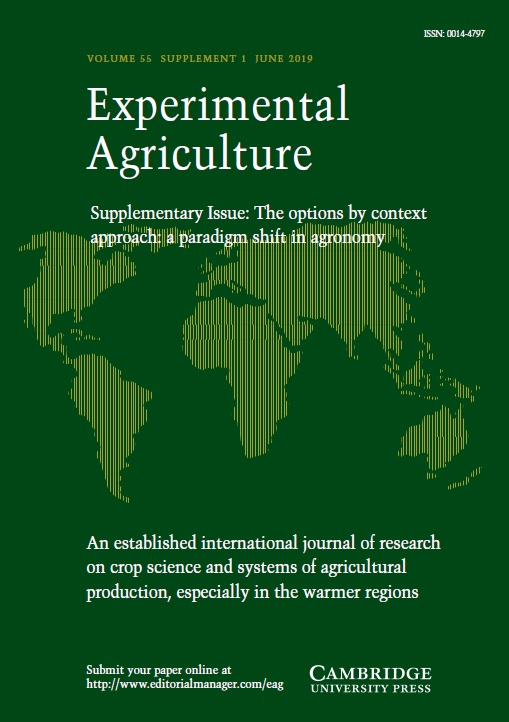Escaping From Predators
An Integrative View of Escape Decisions
£38.99
- Editors:
- William E. Cooper, Jr, Indiana University–Purdue University, Indianapolis
- Daniel T. Blumstein, University of California, Los Angeles
- Date Published: March 2018
- availability: Available
- format: Paperback
- isbn: 9781107630635
£
38.99
Paperback
Other available formats:
Hardback, eBook
Looking for an inspection copy?
This title is not currently available on inspection
-
When a predator attacks, prey are faced with a series of 'if', 'when' and 'how' escape decisions – these critical questions are the foci of this book. Cooper and Blumstein bring together a balance of theory and empirical research to summarise over fifty years of scattered research and benchmark current thinking in the rapidly expanding literature on the behavioural ecology of escaping. The book consolidates current and new behaviour models with taxonomically divided empirical chapters that demonstrate the application of escape theory to different groups. The chapters integrate behaviour with physiology, genetics and evolution to lead the reader through the complex decisions faced by prey during a predator attack, examining how these decisions interact with life history and individual variation. The chapter on best practice field methodology and the ideas for future research presented throughout, ensure this volume is practical as well as informative.
Read more- The first book to present comprehensive findings from the rapidly developing field of escape behaviour, integrating scattered research into a single and accessible resource
- Features contributions from leading researchers and brings together theory and empirical research to present a comprehensive view of the latest knowledge in the field
- Integrates behaviour with physiology, genetics and evolution, leading the reader through the complex decisions faced by prey during a predator attack and examining how these decisions interact with life history and individual variation
Reviews & endorsements
'This is essential reading for antipredator buffs.' Tim Caro, The Quarterly Review of Biology
See more reviews'… a well thought out collection of chapters that provides a comprehensive overview of animal escape behaviors.' Ben Hirsch, ISBE Newsletter
'Every subject is strongly supported by reference lists … Escaping from Predators is likely to be a key text for many animal behaviourists, and non-specialists might also enjoy dipping into it. It is probably unique in bringing together so much current theory and research on the escape decisions made by prey.' Sue Howarth, The Biologist
Customer reviews
Not yet reviewed
Be the first to review
Review was not posted due to profanity
×Product details
- Date Published: March 2018
- format: Paperback
- isbn: 9781107630635
- length: 458 pages
- dimensions: 244 x 170 x 24 mm
- weight: 0.86kg
- contains: 116 b/w illus. 15 tables
- availability: Available
Table of Contents
List of contributors
Foreword Ron Ydenberg and Larry Dill
Acknowledgements
1. Escape behaviour: importance, scope, and variables William E. Cooper, Jr and Daniel T. Blumstein
2. Theory: models of escape behaviour and refuge use William E. Cooper, Jr
3. Mammals Theodore Stankowich and Eigil Reimers
4. Birds Anders Pape Møller
5. Reptiles William E. Cooper, Jr
6. Fish and amphibians Patricia A. Fleming and Philip W. Bateman
7. Invertebrates Philip W. Bateman and Patricia A. Fleming
8. Prey behaviours during fleeing: escape trajectories, signalling and sensory defences Paolo Domenici and Graeme D. Ruxton
9. Hiding time in refuge José Martín and Pilar López
10. Vigilance, alarm calling, pursuit deterrence and predation inspection Guy Beauchamp
11. Determinants of lizard escape performance: decision, motivation, ability, and opportunity Kathleen L. Foster, Clint E. Collins, Timothy E. Higham and Theodore Garland, Jr
12. Sensory systems and escape behaviour Luke P. Tyrrell and Esteban Fernández-Juricic
13. The physiology of escape Yoav Litvin, D. Caroline Blanchard and Robert J. Blanchard
14. Maternal and genetic effects on escape: a prospective review Lesley T. Lancaster
15. The personality of escape Pilar López and José Martín
16. Best practice for the study of escape behaviour Daniel T. Blumstein, Diogo S. M. Samia, Theodore Stankowich and William E. Cooper, Jr
17. Afterword Daniel T. Blumstein and William E. Cooper, Jr
Index.-
General Resources
Find resources associated with this title
Type Name Unlocked * Format Size Showing of
This title is supported by one or more locked resources. Access to locked resources is granted exclusively by Cambridge University Press to lecturers whose faculty status has been verified. To gain access to locked resources, lecturers should sign in to or register for a Cambridge user account.
Please use locked resources responsibly and exercise your professional discretion when choosing how you share these materials with your students. Other lecturers may wish to use locked resources for assessment purposes and their usefulness is undermined when the source files (for example, solution manuals or test banks) are shared online or via social networks.
Supplementary resources are subject to copyright. Lecturers are permitted to view, print or download these resources for use in their teaching, but may not change them or use them for commercial gain.
If you are having problems accessing these resources please contact lecturers@cambridge.org.
Sorry, this resource is locked
Please register or sign in to request access. If you are having problems accessing these resources please email lecturers@cambridge.org
Register Sign in» Proceed
You are now leaving the Cambridge University Press website. Your eBook purchase and download will be completed by our partner www.ebooks.com. Please see the permission section of the www.ebooks.com catalogue page for details of the print & copy limits on our eBooks.
Continue ×Are you sure you want to delete your account?
This cannot be undone.
Thank you for your feedback which will help us improve our service.
If you requested a response, we will make sure to get back to you shortly.
×
